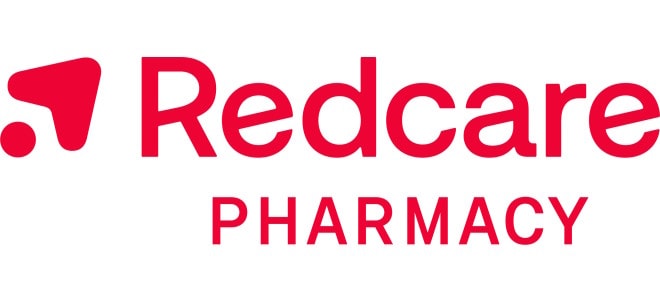Die Zahlen sind da und insgesamt deutlich besser jedoch sind die PGM Preise immer noch viel zu niedrig. Der Goldbereich hat endlich wieder positiv zum Teil EBITDA mit 75 US Dollar beigetragen. Die Maßnahmen scheinen sich langsam auszuzahlen.
Klar auch der US Bereich immer noch rote Zahlen schreibt.
Sibanye-Stillwater reports 9% y/y growth in adjusted earnings for third quarter
Sibanye-Stillwater CEO Neal Froneman
Sibanye-Stillwater CEO Neal Froneman
5th November 2024
By: Darren Parker
Creamer Media Senior Contributing Editor Online
Font size: - +
Diversified miner Sibanye-Stillwater has announced a 9% year-on-year increase in adjusted earnings before interest, taxes, depreciation and amortisation (Ebitda) to $184-million for the third quarter ended September 30.
In an operational update for the third quarter, published on November 5, CEO Neal Froneman attributed this growth to the group’s operational restructuring and optimisation efforts, resulting in enhanced profitability across the group's operations.
The group’s South African gold operations were a major contributor to the Ebitda increase, achieving a 292% increase in adjusted Ebitda to $75-million, largely driven by a 24% rise in the rand gold price.
Sibanye-Stillwater’s South African platinum group metals (PGM) operations achieved a 5% increase in platinum, palladium, rhodium and gold (4E) production with stable costs, generating an adjusted Ebitda of $88-million.
The group’s Century operation, in Australia, reported a 9% increase in zinc production, with well-managed costs resulting in a significant 966% year-on-year rise in adjusted Ebitda to $31-million.
For the quarter, Sibanye-Stillwater reported several operational and financial improvements, including a year-on-year improvement in group safety, a strong balance sheet and a healthy liquidity position.
The company expects its US PGM operations to benefit significantly from amended Section 45X of the Inflation Reduction Act (IRA).
Moreover, the miner has secured a €500-million green loan to fund the Keliber lithium project, in Finland.
"The third-quarter operating results reflect the benefits of the actions we have taken to optimise our operations and improve group profitability," Froneman said, adding that while there were "solid operational deliveries from the South African PGM and US PGM operations”, low PGM prices continued to put margins under pressure, limiting growth in adjusted Ebitda.
He further noted that benefits from the restructuring of the US PGM operations and the Sandouville refinery, in France, are expected to support future profitability.
Although the US PGM operations improved production and cost efficiency, low platinum and palladium (2E) PGM basket prices kept all-in sustaining costs (AISC) above market rates, resulting in continued losses.
Sibanye-Stillwater has, therefore, initiated additional cost-cutting measures in these operations to maintain their sustainability.
Froneman said the market’s response to the group’s September restructuring announcement was favourable, with palladium prices rising above $1 000/oz.
He noted that lobbying efforts had bolstered market conditions, as demonstrated by two Montana senators' recent legislative moves to ban Russian palladium imports, which provided additional support for palladium prices. He said global finance leaders are also reportedly considering sanctions on Russian metals, further stabilising the market.
"The final Section 45X rules have been amended to include extraction and processing in addition to refining costs," Froneman said, which is expected to provide significant support for the US PGM operations.
While further clarification from tax advisers is awaited, he said the group estimates that benefits from these adjustments could total about $140-million for 2023 and $100-million for this year.
Froneman praised the alignment of Sibanye-Stillwater’s US and European strategies with the IRA's objectives to promote domestic clean energy production.
He also highlighted the Keliber lithium project recently receiving its €500-million green loan supported by the European Investment Bank, Finnish credit agency Finnvera and a consortium of global banks.
To address anticipated losses at the Sandouville refinery, Sibanye-Stillwater terminated a critical supply contract effective by the end of 2024, with nickel production to cease by mid-2025.
Sibanye-Stillwater is evaluating the feasibility of repurposing the refinery into the GalliCam project for precursor cathode active material production to supply the French battery industry, pending approvals and financial support from French and European authorities.
Froneman said Sibanye-Stillwater’s financial position had been further fortified through initiatives to strengthen liquidity and balance sheet resilience. He reported that measures such as early debt covenant upliftment, favourable debt refinancing, and recent capital infusions had increased liquidity by about $1.4-billion, with further financing efforts under way to raise about $600-million through prepays and streams of select by-product metals.
With the expectation of continued production improvements and cost savings in 2025, Froneman expressed confidence in the company’s ability to deliver on strategic goals.
"The group is financially secure and, with further production and cost benefits expected during 2025 from operational restructuring and optimisation, management believes it is well positioned for ongoing strategic delivery and shared value creation,” he said.
Edited |


 Thread abonnieren
Thread abonnieren

